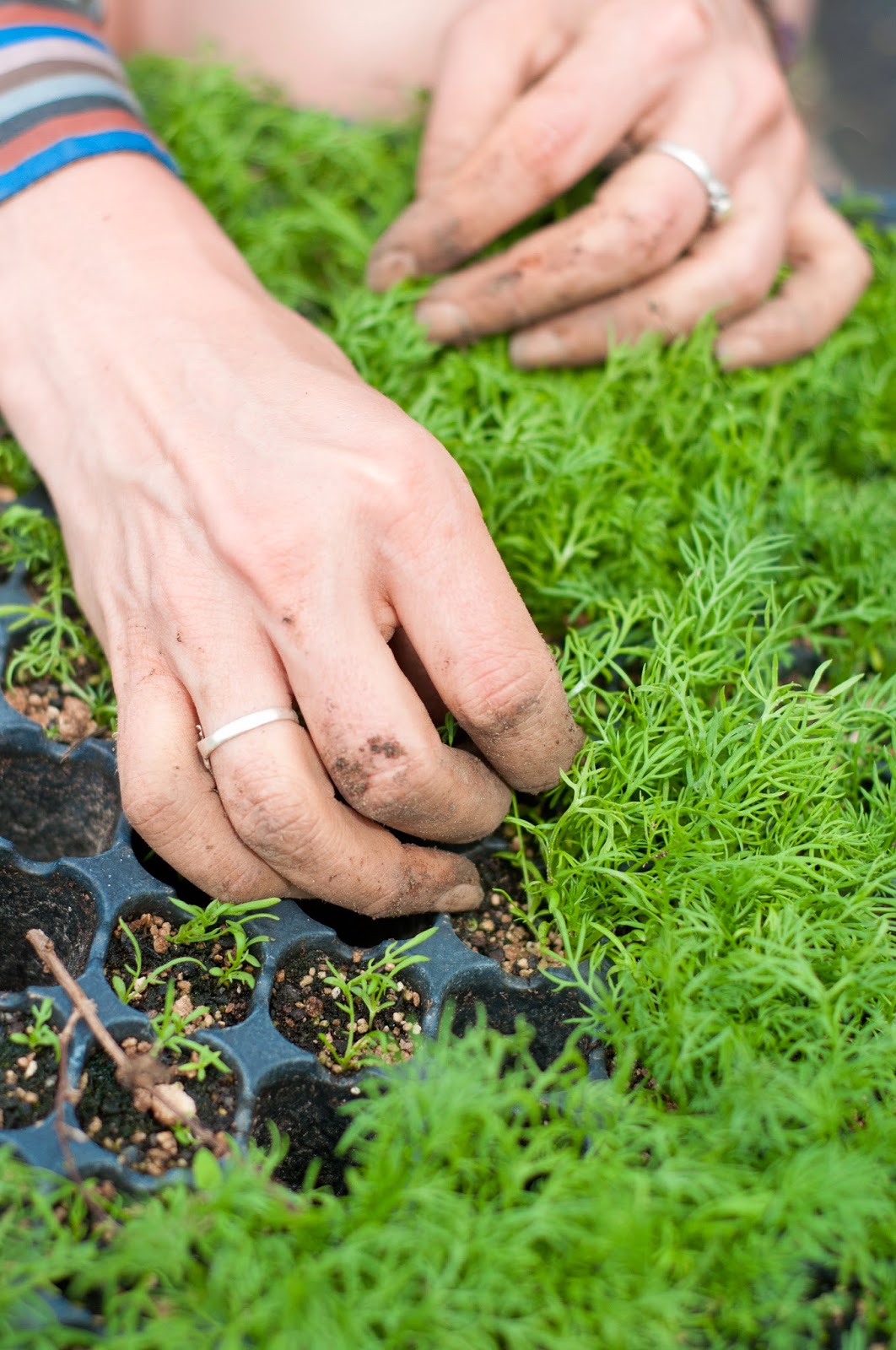I got off the plane in Boston and just couldn't contain my smile. Boston, oh Boston, what fond memories we have together. I rented a car and hurried over to Veggie Galaxy to dig into a warm breakfast of pancakes and found myself thinking about how cute and quaint Portland was bound to be. A mini Boston I imagined. I was eager to get to my tiny Boston and so I jumped on the most direct route, the dreaded 95.
The two hour drive up through Massachusetts and into Maine is a long stretch of bland highway. My buoyancy wavered as I searched for grander scenes. Phallic sumac pierced the sky and densely bordered the roadside, occasionally giving way to tiny man made lakes and catchment pools.
"Where is the mystery? Where is the wild? Where are the lobstermen?" I thought to myself.
I saw signs for Kittery and pulled off, desperate to see a glimpse of the ocean to restore my faith. I wound over to Route 1 and into Kittery. Strip malls greeted me moments after passing the 'Welcome to Kittery' sign. Wild, mysterious strip malls. Where were the crumbling light houses? The white sailor shacks on the cliffs? How far would I have to drive to see something beautiful.
I gave up and turned back, disappointed in my own impenitence.
Soldiering on I finally pulled up to my host's house on Mellen Street. After a quick tour around Ellen's beautiful little apartment she was off again and I was alone to plan out my day.
But I kinda didn't feel like it.
I don't really know why I was being so sour. I just wasn't enthused. I sat on the bed with my bag wishing I had just stayed in Boston for the weekend. While this type of obstinate mood doesn't befall me often, this isn't the first time my Somewhere New has encountered the melancholy, naysaying Lacey, whom I shall henceforth refer to as Macey.
The best course of action that I've found is just to ignore her until she's done pouting. So I plodded around the house changing my clothes and unpacking my toiletries and the bundled up and headed out into the city while Macey muttered derisively in my ear.
"Well aren't we smart, coming to Portland in the fall when it's 2 goddamn degrees outside.
Brilliant idea. How far are we going to have to walk before we find anything worth finding?"
She mumbled and muttered and I just kept walking in search of lunch until I found Local Sprouts and sat down with a giant salad and a bowl of vegan macaroni and cheese.
When ignoring doesn't cure Macey, food does.
After lunch I walked, as I often do on my first day in a new city, just to explore and see what there is to see. It turns out, when I'm not being grumpy, that Portland, while not the mini Boston I envisioned, is rather cute. I ducked into a second hand store and bought a sweater to add an extra layer to the mix and found that this too helped to reduce the Macey and open up my mind to the possibility of liking Portland.
Later that night I met up with a couch surfer who had reached out to me. We met at the month's green drinks and he ended up being my long weekend friend and almost constant companion for the rest of the trip. While perhaps I might have kept Macey at bay on my own, I credit John with really being able to show me a side of Portland that was much deeper than I would have expected.
It's funny, because as I write this post I am just recently returned from a second trip to Portland. Thinking back to my first trip to Portland and my impressions, and reading what I wrote about Portland in my most recent travel journal, the opposition of feelings could not be more stark. While my first trip started begrudgingly and almost forced, my second trip was like visiting a long distance lover, with all the expectation and excitement therein.
I can't wait to share the next few posts of the quirky touristing I happened into during the rest of my stay in Portland.
 |
| Peaks Island from the lighthouse |







































